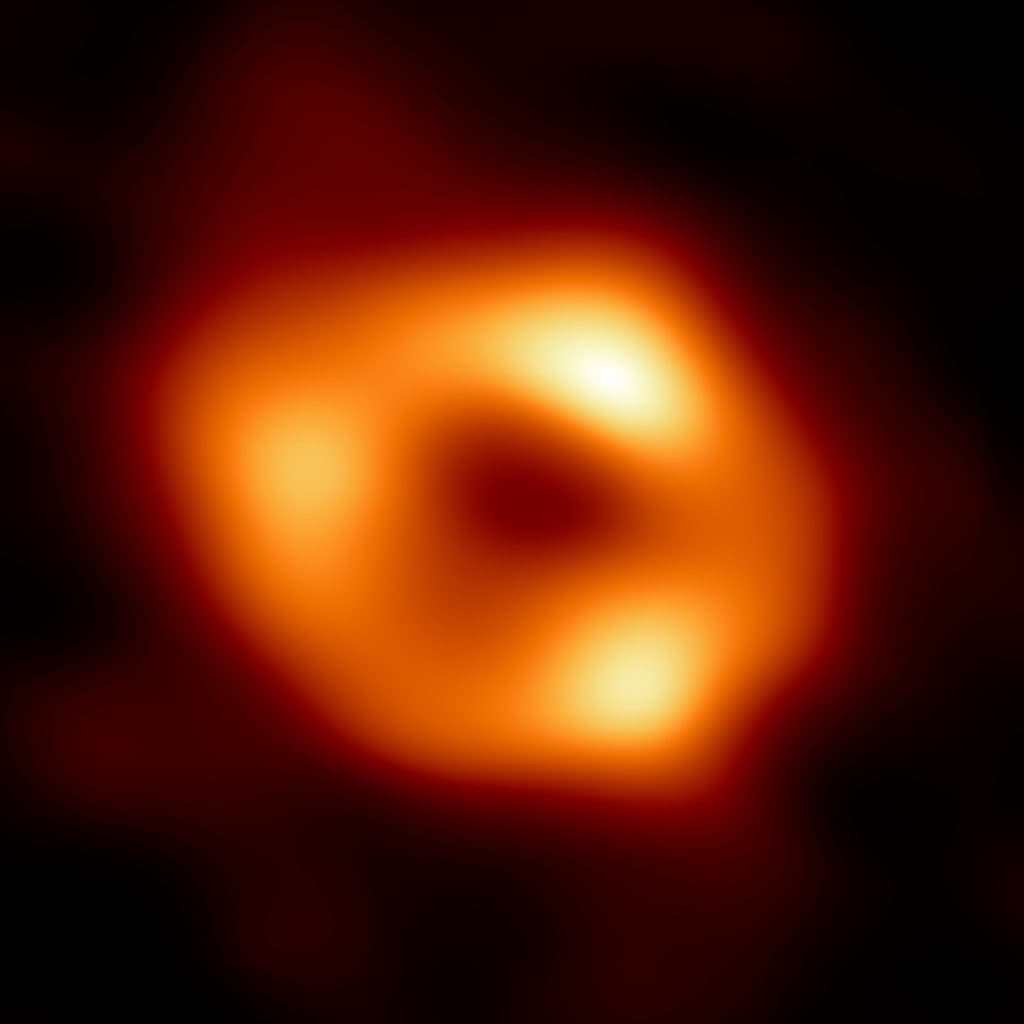The massive black hole at the heart of our galaxy had a massive explosion two centuries ago. This indicates that this black hole, Sagittarius A*, is not as sleepy as it looks.
The supermassive black hole at the center of the Milky Way is currently sleeping peacefully. But just 200 years ago, Sagittarius A* (Sgr A*) had another big burst of X-rays. Astronomers discovered it by measuring the traces of this eruption in the surrounding gas clouds.
During the eruption, the X-rays traveling away from Sgr A* were at least a million times more powerful than they are today. It’s comparable to a firefly that suddenly becomes as bright as the sun, reports the National Center for Scientific Research (CNRS) in a Press release.
READ ALSO
What happens in the dying brain?
How does it feel to die? A last interesting experience awaits us? Science journalist Sebastiaan van de Water discovered it.
It was already known that certain clouds of gas and dust in the vicinity of Sgr A* emitted a remarkable amount of X-rays. However, CNRS astronomer Frédéric Marin and his colleagues discovered that this radiation came from Sgr A*. The result was published in the scientific journal Nature.
Farmer
Supermassive black holes gobble up anything that approaches them, from dust to entire stars and planets. Such objects are torn apart and heated before being swallowed by a black hole. In doing so, they emit X-rays. It is then as if the black glutton was burping during dinner.
When the radiation encounters nearby clouds of gas and dust, they absorb some of it and then re-emit the radiation in all directions. For example, you can observe a kind of echo of the eruption via the radiation of these clouds, even if the eruption itself has long passed.
Using NASA’s IXPE satellite, astronomers measured the polarization, or direction of vibration, of X-rays emitted by the clouds around Sgr A*. They deduced that this radiation came exactly from the direction of the black hole. Based on the distance between the clouds and the dark source, they conclude that the radiation was generated around two centuries ago.
Feeding frenzy
A supermassive black hole that swallows a lot of matter and therefore emits a lot of X-rays is considered active – just like a volcano can be active. When such a black hole has eaten almost everything in its immediate vicinity, its activity drastically decreases. “Like a bear that hibernates after tearing up everything around it”, says Marin to the AFP news agency.
Sgr A* is such a sleeping giant. But 200 years ago, he was still waking up. Presumably, he then nibbled on material that had come too close. The frenzy lasted several months to a year. It is not known what the snack consisted of.
Photo
Sgr A* is located in the center of the Milky Way, about 27,000 light-years from Earth. The black hole is about four million times more massive than the sun.
In 2022, Sgr A* will be the second black hole ever photographed. You can see in this picture that it is a dormant black hole: there is matter spinning around it, but you don’t see a big wave of radiation coming out of it like active waves. If we had taken the photo 200 years earlier, it might have looked very different.

With more such measurements of surrounding gas clouds, astronomers hope to find out how often Sgr A* recently awoke from sleep and how powerful his past outbursts were. This provides insight into the origin and development of supermassive black holes.
One of the mysteries of modern astronomy is how these black holes get their gigantic masses. For this, they must have periods in which they absorb a huge amount of matter. Sgr A* must also have experienced such turbulent times.
In time
One could say that the eruption of Sgr A* took place much longer than 200 years ago. After all, the black hole is about 27,000 light-years away from us, so all the radiation we measure from its surroundings has taken tens of thousands of years to get here. In fact, we see Sgr A* and everything around him as he was tens of thousands of years ago. But because it’s so inconvenient to always factor in this delay, astronomers generally assume that whatever we measure now is also happening now. We could have directly observed the eruption of Sgr A* 200 years ago, so it happened 200 years ago.
 DodoFinance Breaking News Made For You!
DodoFinance Breaking News Made For You!

